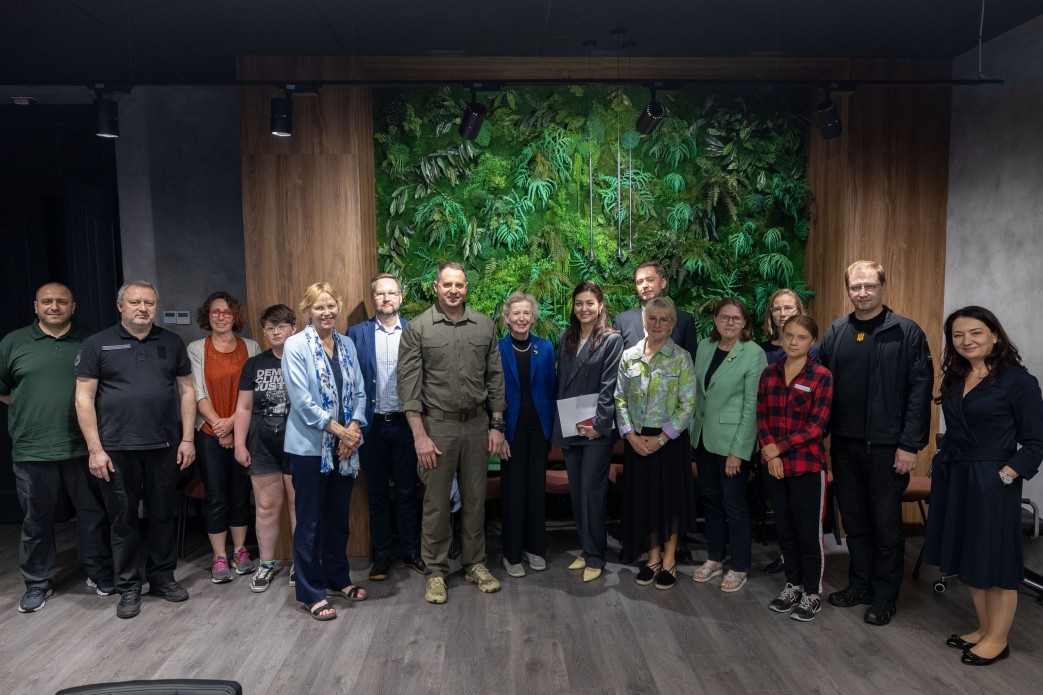
 By Eliza Popova
By Eliza Popova
Subscribe to not miss the most info and interesting news from the world of science! The skeleton of the Roman aristocrat was found on the "truly extraordinary" cemetery, the age of which archaeologists are estimated in 1600. The remains were buried in ancient lead sarcophagus near the town of Harfort, located in Western Yorkshir.
Archaeologists believe that this "unique find" will help to discover the secrets of the period from the fall of the Roman Empire in the 400 years of our era to the beginning of the Anglo -Saxon era. The chief archaeologist of the united services of Western Yorkshire David Hunter believes: "This can be a find that we understand about the development of ancient Britain and Yorkshire.
" The remains found in the territory of the ancient cemetery, the location of which is not disclosed, belonged to the late Roman and early Skasson epochs. In addition to the remains of the aristocracy, about 60 remains of men, women and children of both periods were found.
According to Hunter, such a combination of two cultures is strange and unusual: "The presence of two communities that use the same burial place is very unusual, and whether their use of this cemetery has crossed, how significant this find is. To consider burial together, they indicate the complexity and instability of life in the dynamic period of Yorkshire's history. The lead coffin itself is incredibly rare, so it was really extraordinary excavation.
" Experts plan to use carbon analysis for accurate dating. Also, with the help of chemical analysis, researchers want to explore the lives of these people and their origin in more detail. The find was made last spring, but because of the need to keep the burial place in mystery during the research, it was reported only now.
Although, the exact place of the find is still kept secret, it is known that the excavations prompted the identification of late Roman buildings and several Anglo-Saxon structures nearby. Kylie Bisstone, a manager of excavations, shared her impressions, saying "there is always a chance to find burial, but to open a cemetery of such a meaning in such a transition was simply incredible.
It was a special honor for me to excavate the burial in the lead coffin of high status, but it was a great teamwork all participants. " According to a previous study, some burials present early Christian beliefs, and the Saxons were buried with personal belongings such as knives or clay utensils. Earlier, Focus talked about unique tombs found in Peru: they were found in the territory of the ancient temple complex.




















Všetky práva vyhradené IN-Ukraine.info - 2022